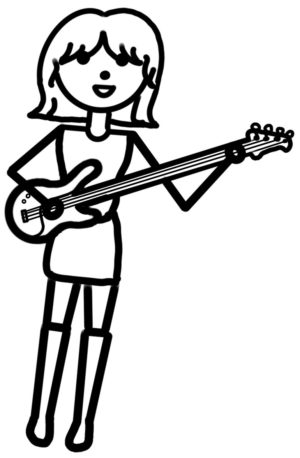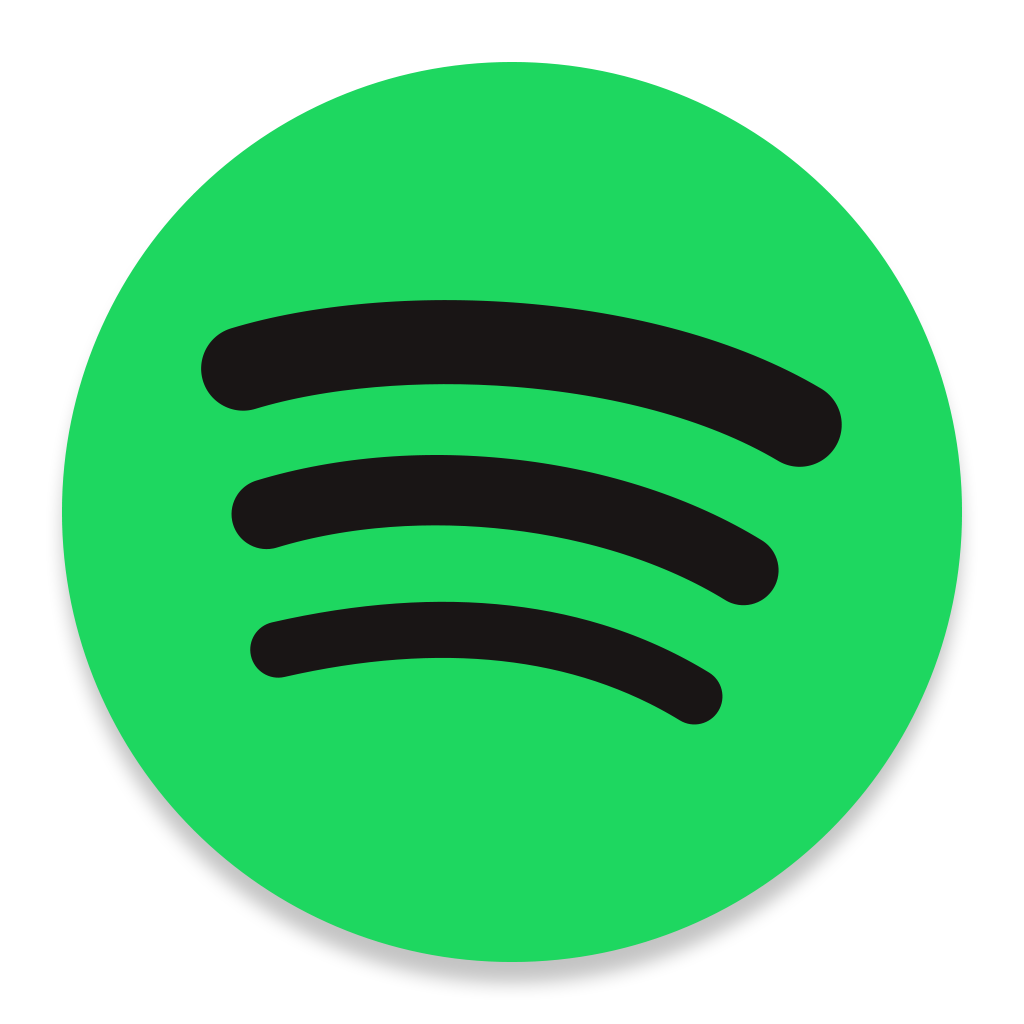Column: Sara’s Official Guide Through Music Genres: Ctrl, Alt-Rock!
October 29, 2021

 For a while, “alternative” was used as an umbrella term for underground music that rose to popularity under the influence of the punk rock genre in the 1980s. At the time, emerging artists were seeking to separate themselves from mainstream music and become more individualized as musicians. When the Dead Kennedys created the independent record label “Alternative Tentacles,” they released a collection of underground projects, their most popular being the self-titled EP by the Butthole Surfers. Most music groups signed to other smaller, independent labels and alternative rock, more commonly referred to as “alt-rock,” remained an underground genre.
For a while, “alternative” was used as an umbrella term for underground music that rose to popularity under the influence of the punk rock genre in the 1980s. At the time, emerging artists were seeking to separate themselves from mainstream music and become more individualized as musicians. When the Dead Kennedys created the independent record label “Alternative Tentacles,” they released a collection of underground projects, their most popular being the self-titled EP by the Butthole Surfers. Most music groups signed to other smaller, independent labels and alternative rock, more commonly referred to as “alt-rock,” remained an underground genre.
Bands gained and maintained casual popularity by touring constantly, and through their presence on college radio stations. The punk that dominated the underground scene in America slowly became overshadowed by alt-rock. The first group in America to gain widespread popularity and media coverage under this new umbrella genre was R.E.M, with its debut album Murmur, released in 1983.
Eventually, on Sept. 8, 1988, Billboard created the Alternative Song chart that featured the top 40 most played alternative songs nationwide. This chart boosted the popularity of the genre and began its assent into the mainstream.
Towards the end of the decade, alt-rock was dominating the mainstream charts, and major labels began signing more groups. Most notably, Jane’s Addiction released their self-titled debut that caught the ear of Warner Bros. Records and their following studio albums received immense commercial success and acclaim.
Other labels began to sign artists that achieved notable success—even in modern music—such as the Red Hot Chili Peppers and the Black Keys. Eventually, one of the largest festivals in the world and longest-running in the U.S. was founded to promote bands like these. Lollapalooza started as a touring event in 1991 as a farewell to Perry Ferrel, the singer in Jane’s Addiction. The audience brought punk-inspired mosh pits and crowd-surfing, both of which have since become popular practices at major concerts of every genre.
The initial influence of alt rock can be heard in many of the sounds of today’s popular rock genres. Specific subgenres that were directly influenced by alt-rock include noise rock, with its guitar distortion, and industrial rock, with its more experimental instrumentation. Grunge, another broad umbrella genre, rose to popularity in the 1990s and is closely linked with the sounds of alt-rock. While the two genres seem interchangeable as they feature introspective lyrics and focus on guitar, grunge lacks the structure and speed of most alt-rock music.
The popularity of alt-rock and grunge music was catapulted even further by the release of Nirvana’s single “Smells like Teen Spirit” and eventually their album Nevermind Sept. 24, 1991. The popularity of Nirvana created a new openness to alt music and the genre reluctantly was dragged into the mainstream.
In protest to the new mainstream curse the label of alt music was given, indie-rock emerged. This relabeling was yet another attempt to separate newer, more underground artists from the mainstream, but in recent years indie-rock has become one of the more popular music genres of our generation.
Alt-rock initially rested between too popular for the fans and not popular enough for the labels for years until Nirvana and Lollapalooza brought it to the top of charts. Today, it still has yet to completely disappear from the charts and new groups are finding their place under the alternative umbrella.



